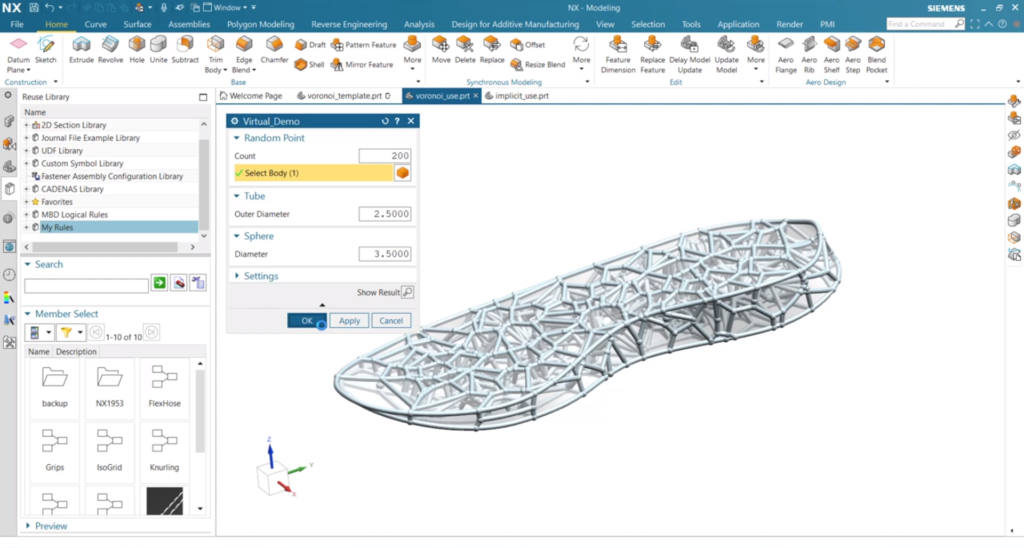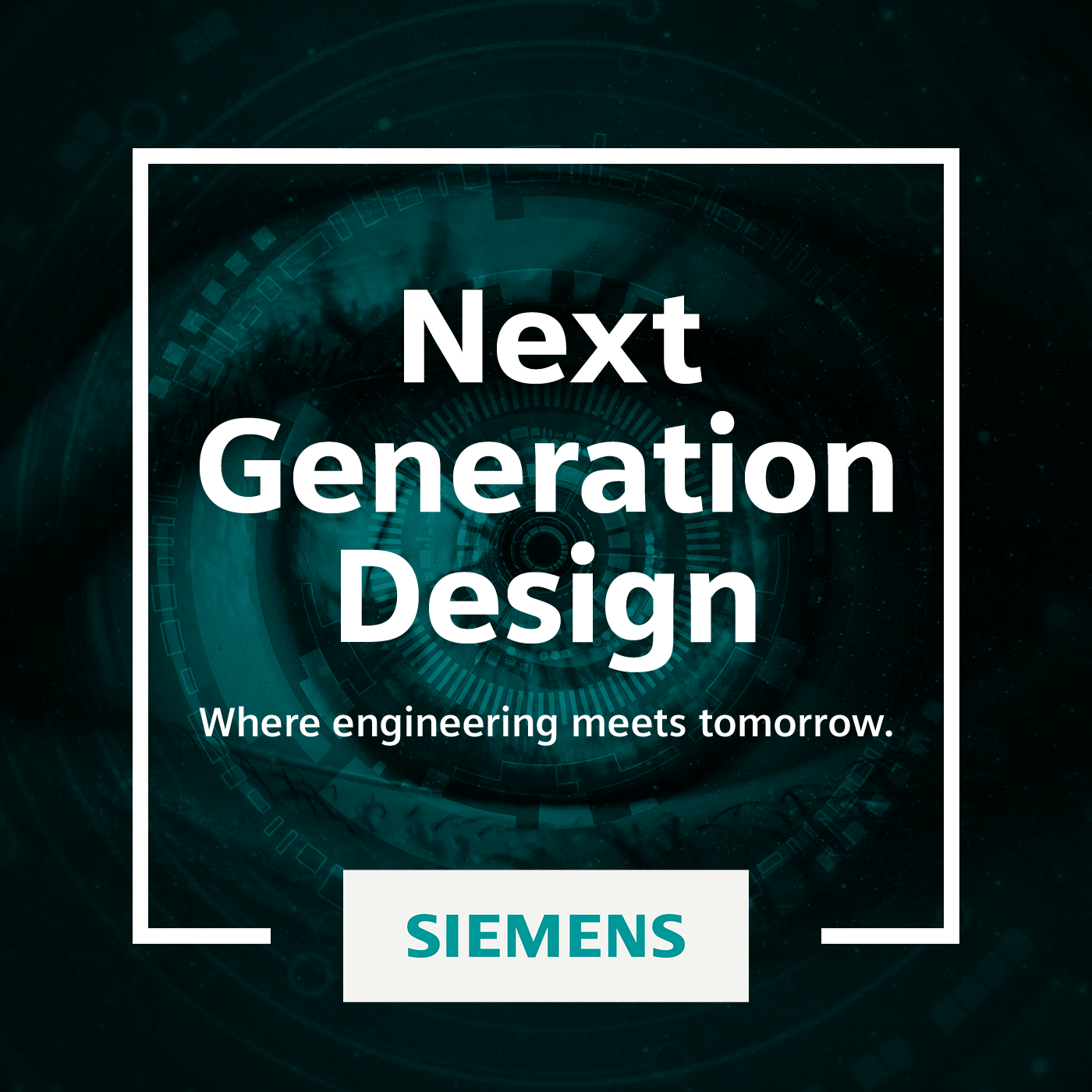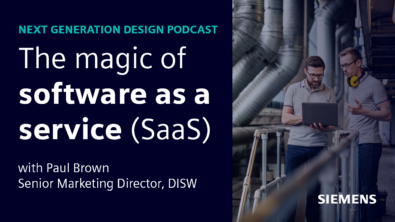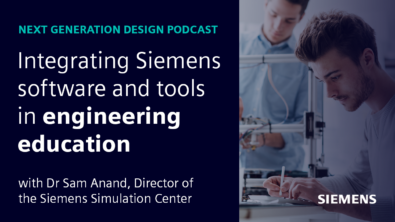Discussing the Significant Benefits of Model Based Definition


PMI today is largely visual objects used for human consumption. So, we see that as an area there’s tremendous potential for customers to embrace change.
Kicking off Season 2 of the Next Generation Design podcast, our host Jennifer Piper sits down with Dave Wingrave, Product Manager at Siemens Digital Industries Software to discuss Model Based definition, and how it is improving workflow processes with enormous benefits.
Model-based Definition is commonly referred to as MBD, and it’s the practice of producing a complete digital definition of a product within a 3D model. It focuses on ensuring that the 3D model contains all the information needed to define the product in an annotated and organized manner, and really focusing on replacing the traditional 2D drawing. So, I guess in its basic form, it contains geometry, product and manufacturing information – PMI – and metadata. PMI is another element you hear quite often associated with Model-based Definition. PMI is product and manufacturing information, so it’s non-geometric data that gets applied to a 3D model to convey information about the design of a product’s components for manufacturing. PMI contributes to Model-based Definition by conveying information such as GD&T – that’s 3D annotation – surface finish, material specifications. So those are the two common terms that you’ll hear quite often. Another term you hear quite often associated with MBD is MBE or Model-based Enterprise. Model-based Enterprise is the process of reusing Model-based Definition by downstream consumers across the enterprise.

The benefits around Model-based Definition are really significant. Companies are embracing the use of the PMI within that strategy, and they’re seeing benefits in the area of time, cost, and quality. By enabling that model as the single source of truth, product teams are able to save valuable time by incorporating the product and process information. They’re also seeing cost savings by ensuring that the intent is completely captured and associated within a single source of truth – the model – and they’re seeing improved quality through such benefits as reduced scrap, reworking by analyzing, optimizing, and validating products virtually. They’re seeing increased productivity by documenting the information once and reusing it everywhere. People really recognize the value of Model-based Definition in terms of their business. And I think there are several well-documented benefits around Model-based Definition. It’s certainly an area that has garnered a lot of attention over the years.
Learn more about a model based definition strategy and how and where companies are implementing this process along with real life examples of successes they have been experiencing. Now on the Next Generation Design Podcast, subscribe today. Listen Now!

Next Generation Design Podcast
As product engineering tools continue to morph and expand at speeds human expertise may not be able to endure, Revolutionary design technologies that span beyond industry borders, will prove their necessity for companies looking to take over their markets in the future. What will the future of design technologies and machinery look like? What will your digitalization story be? Where engineering meets tomorrow.


